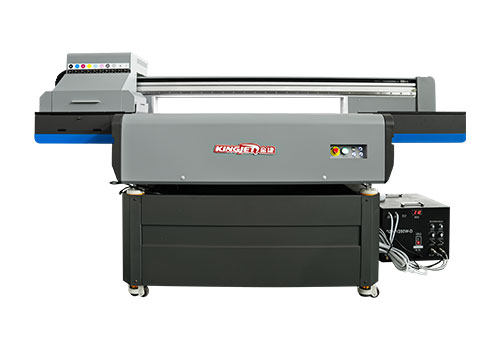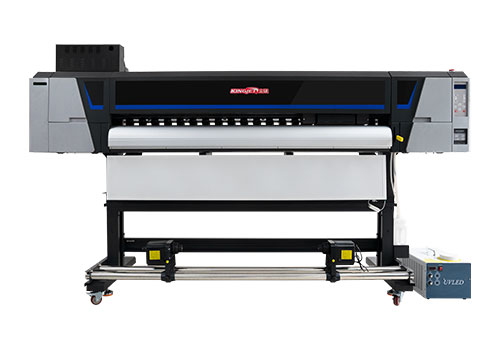What Is UV Printer? 4 Popular Types And Selection Guide
Author : KingJet
2024-07-04
In the rapidly developing field of digital printing technology, UV printers are gradually becoming an indispensable assistant in many industries with their unique charm and innovation.
At the same time, UV printing has also become a hot topic in the printing industry today. It is the fastest-growing field in digital inkjet printing. It is more sustainable than traditional printing and allows users to print directly on an almost unlimited range of three-dimensional media (flatbed, cylinders, rolls) so that products can be customized quickly and easily.
This article will deeply analyze the definition, advantages, and application areas of UV printers, and four popular types of UV printers so that you can find the most suitable UV printer for you faster.
Table of Contents
What is UV printer?
UV printer, full name ultraviolet (UV) curing inkjet printer, is a high-tech printing device that uses ultraviolet (UV) technology to instantly cure ink.
It breaks through the limitations of traditional printing technology, does not require plate making, and can directly print high-quality, high-definition patterns and text on the surface of various hard or soft materials.
The emergence of UV printers has not only greatly broadened the range of printing materials, but also improved production efficiency and met the market’s demand for personalized and diversified printed products.
The core of UV printers lies in their unique ink system and curing technology. UV ink is a special chemical substance that reacts rapidly when exposed to ultraviolet (UV) light, changing from liquid to solid, thereby achieving rapid curing.
This feature allows UV printers to print without waiting for the ink to dry naturally during the printing process, greatly improving production efficiency. At the same time, UV ink has bright colors, high saturation, and good wear resistance, water resistance, weather resistance, and other properties, making the printed products more beautiful and durable.
Advantages of UV printer
Wide adaptability: UV printers can print on almost all materials, including but not limited to glass, metal, ceramics, plastics, wood, cloth, etc. Whether it is printing flat, cylindrical, or roll, it can meet your printing needs.
Instant curing: After the printer prints the ink onto various materials or substrates, the UV ink can be cured quickly by UV LED light, without waiting time, greatly improving production efficiency. This feature is particularly suitable for mass production and urgent order processing.
High-quality printing: UV printers use high-precision nozzles and high-quality UV inks to print delicate and clear images and text. At the same time, the bright colors and high saturation of UV inks make the printed products more eye-catching and present a 3D relief effect.
Strong durability: Compared with traditional printing methods (traditional ink printing or screen printing), UV printers use UV curing inks for printing, and after ultraviolet irradiation, a hard and wear-resistant surface is formed, making the printed products more scratch-resistant, anti-fading, and waterproof.
Environmental protection and energy saving: UV ink does not require heating during curing, which reduces energy consumption and harmful gas emissions. Compared with traditional printing methods, UV printers are more in line with modern environmental protection concepts.
High flexibility: UV printers support small batches, multiple varieties, and personalized production needs. Whether it is a simple text logo or a complex pattern design, UV printers can easily cope with it.
Application of UV Printer
Packaging Industry: UV printing can print exquisite packaging boxes, labels, and other packaging materials. Its high-quality output effect and rich color expression make the packaging products more attractive to consumers.
Industrial Manufacturing: In the field of industrial manufacturing, UV printing technology is also used for shell decoration and logo printing of products such as automobiles and home appliances. UV printing can achieve high-precision and high-definition pattern and text printing, and enhance the added value of products.
Artwork Reproduction: UV printing is also widely used in the field of artwork reproduction. Whether it is oil painting, watercolor painting, or other artworks, it can be reproduced with high precision through UV printing technology to retain the artistic charm of the original.
Advertising Industry: UV printing can also be used to make outdoor billboards, light boxes, car body advertisements, etc. Its high-quality output effect and wide material adaptability make advertising production more flexible and diverse.
Decoration Industry: In the decoration industry, UV printing is also widely used in the printing of interior decoration materials. Patterns and texts of materials such as wallpaper, floor, ceiling, etc. can be customized through UV printing technology.
4 Popular Types of UV Printer
UV Flatbed Printer
UV flatbed printers are the most common type of UV printer. Also known as a universal printer, it adopts a flatbed design and prints directly on various flat materials. It has bright and rich colors, is wear-resistant, easy to operate, and prints images quickly.
UV flatbed printers are characterized by high precision and high efficiency, and are suitable for advertising production (KT board, PVC board, acrylic board), decorative art, furniture manufacturing (ceramic tiles, glass, wood boards), and other fields. Its printing format can also be customized according to demand to meet the printing needs of different sizes.

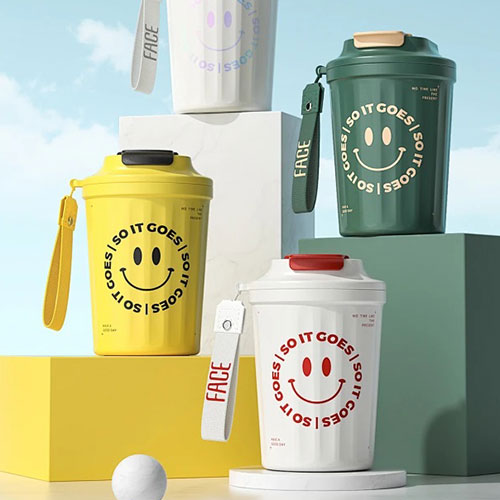
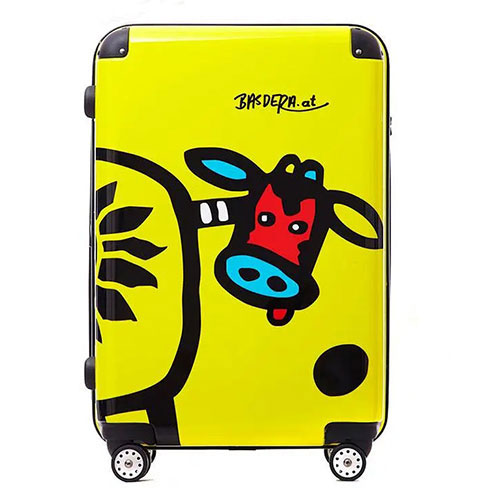

UV DTF Printer
The UV DTF printer is a device that prints directly onto the transfer AB film, also known as a sticker printer. UV DTF printers occupy an important position in the personalized customization market, such as product packaging, cups, bags, and other pattern printing. Its printing effect is delicate, colorful, washable, and wear-resistant, and is deeply loved by consumers.
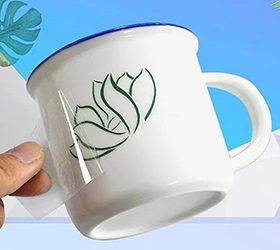
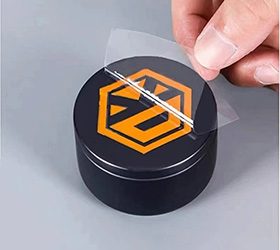


UV Roll-To-Roll Printer
The UV roll-to-roll printer is mainly for soft and flexible materials and is suitable for continuous printing of long-format materials, such as soft film, light box cloth, wallpaper, etc. It adopts a roll-type design, which can automatically feed up and take up materials to achieve continuous printing operations. UV roll-to-roll printers are efficient and automated. They ensure both precision and speed in printing soft materials and are suitable for mass production.

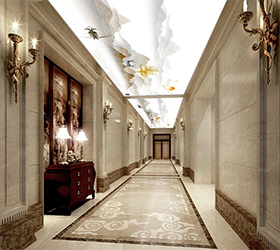


UV Hybrid Printer
The UV hybrid printer combines the functions of flatbed and roll-to-roll printers and can achieve dual-purpose use in one machine, realizing the advantages of integrated printing of rolls and plates. Not only are the printing materials not restricted, but also the equipment costs and site occupation are saved.

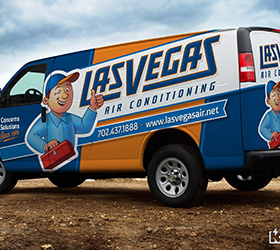


How to choose a suitable UV printer?
There are many types of UV printers, and multiple factors need to be considered comprehensively to ensure that the selected equipment can meet your specific needs and expected goals. Here are some key steps and considerations:
Clarify your printing needs
Printing materials: Determine the type of material you need to print, such as glass, metal, plastic, leather, cloth, etc. Different materials may require different types of UV printers.
Print size: Clarify the required print size range to select the appropriate model. The printing size of UV printers ranges from A3 to several meters.
Printing accuracy and speed: Select the appropriate printing accuracy and speed according to application requirements. High accuracy is usually suitable for occasions that require fine patterns or text, while high-speed printing is suitable for mass production.
Functional requirements: whether special functions are required, such as dual-use of roll and plate, 3D embossing effect, anti-scratch and rub resistance, etc.
Understand the characteristics of different types of UV printer
UV flatbed printers are suitable for flat printing of hard materials such as glass, wood boards, tiles, etc., and can print patterns with 3D embossing effects.
UV DTF printers are suitable for transfer on smooth or frosted surfaces. Pattern transfer is simple and convenient, especially suitable for personalized customization and small batch production.
UV roll-to-roll printers are suitable for printing continuous rolls, such as soft films, lightbox cloths, canvases, wallpapers, etc., and are suitable for large-scale mass production.
UV hybrid printers combine the functions of flatbed and roll-to-roll printers, which can achieve dual use in one machine. It is a printer with high flexibility.
Consider the budget
The price of UV printers is greatly affected by factors such as brand, configuration, and function. Users should choose the right machine according to their budget and printing size.
Learn about after-sales service
After-sales service is an important factor that cannot be ignored when choosing a UV printer. A good brand should be able to provide timely and professional technical support and maintenance services to ensure that the user’s printing equipment can operate stably for a long time.
When choosing, you can learn about the brand’s after-sales service system, maintenance network distribution, user feedback, and other information.
On-site visit and trial printing
It is recommended that users go to the manufacturer’s production base or authorized agent to inspect the product and try to print. Through field visits and trial printing, you can intuitively feel the quality and performance of the product and have a more in-depth communication with the sales staff. This helps users understand the characteristics and advantages of the product more accurately and make a more informed choice.
I hope that the above UV printing knowledge can provide you with valuable references for choosing the right UV printer and maximizing your business profits. If you want to know more about UV printers, contact the professional KingJet team now.
FAQ
Can UV flatbed printers print on T-shirts?
No. if you want to print t-shirt or other garment, we suggest using DTF or DTG printers(which we have).
What materials do UV flatbed printers print on?
UV flatbed printers use UV curing inks that are then exposed to strong UV light to cure or polymerize. This process allows printing on a variety of hard surfaces such as wood, tile, glass, metal, acrylic and more.
How much does it cost to print 1sqm with UV DTF?
About $0.7-$0.8/sqm.
What is the difference between UV DTF printer and UV flatbed printer?
UV DTF printer is an all-in-one printer with integrated printing and lamination, and its printed UV DTF can be transferred to any hard flatbed items.
The UV flatbed printers print directly on hard items without lamination. Although the size of items that can be printed by the uv flatbed printer is limited, its directly printing patterns are more durable.
How long does UV DTF last after it is transferred to the item? Is it washable?
It depends on the environment. In normal circumstances, it can be last a long time and it can be washable.

